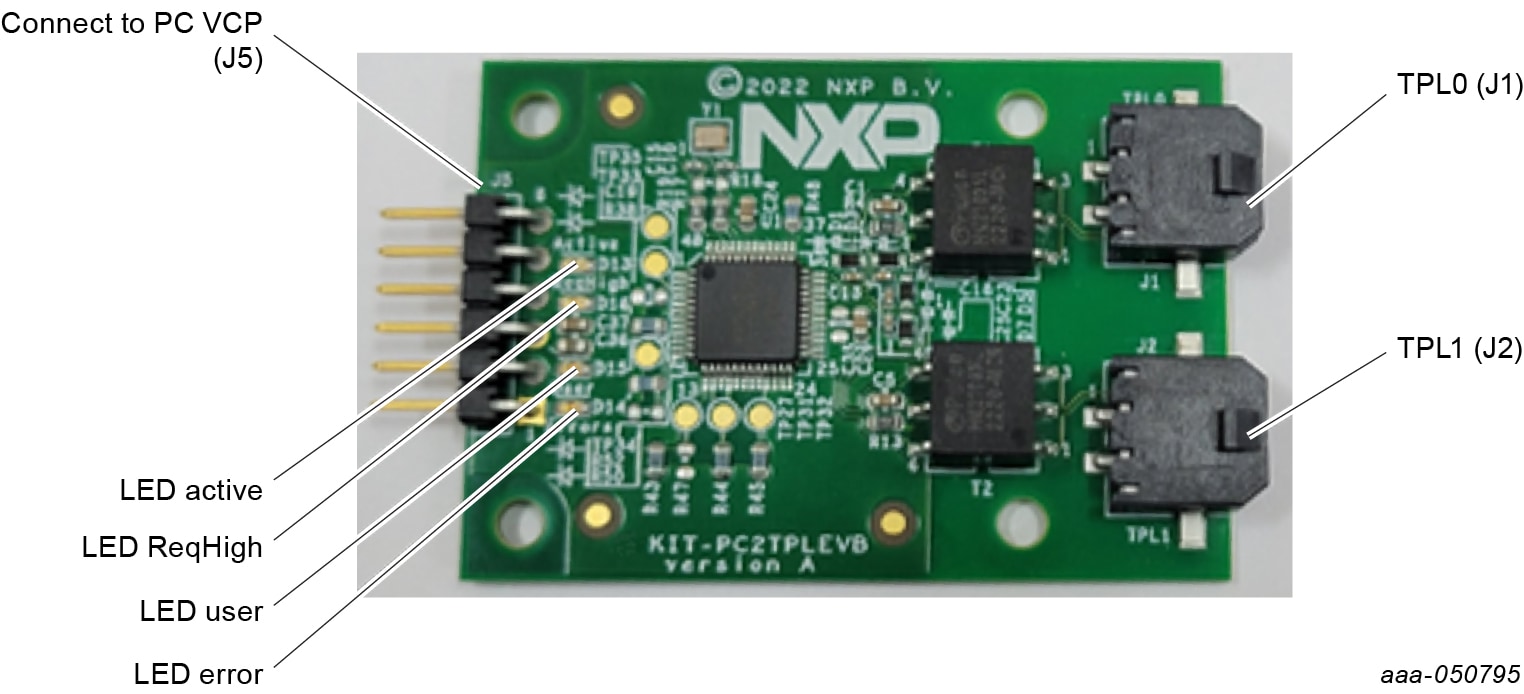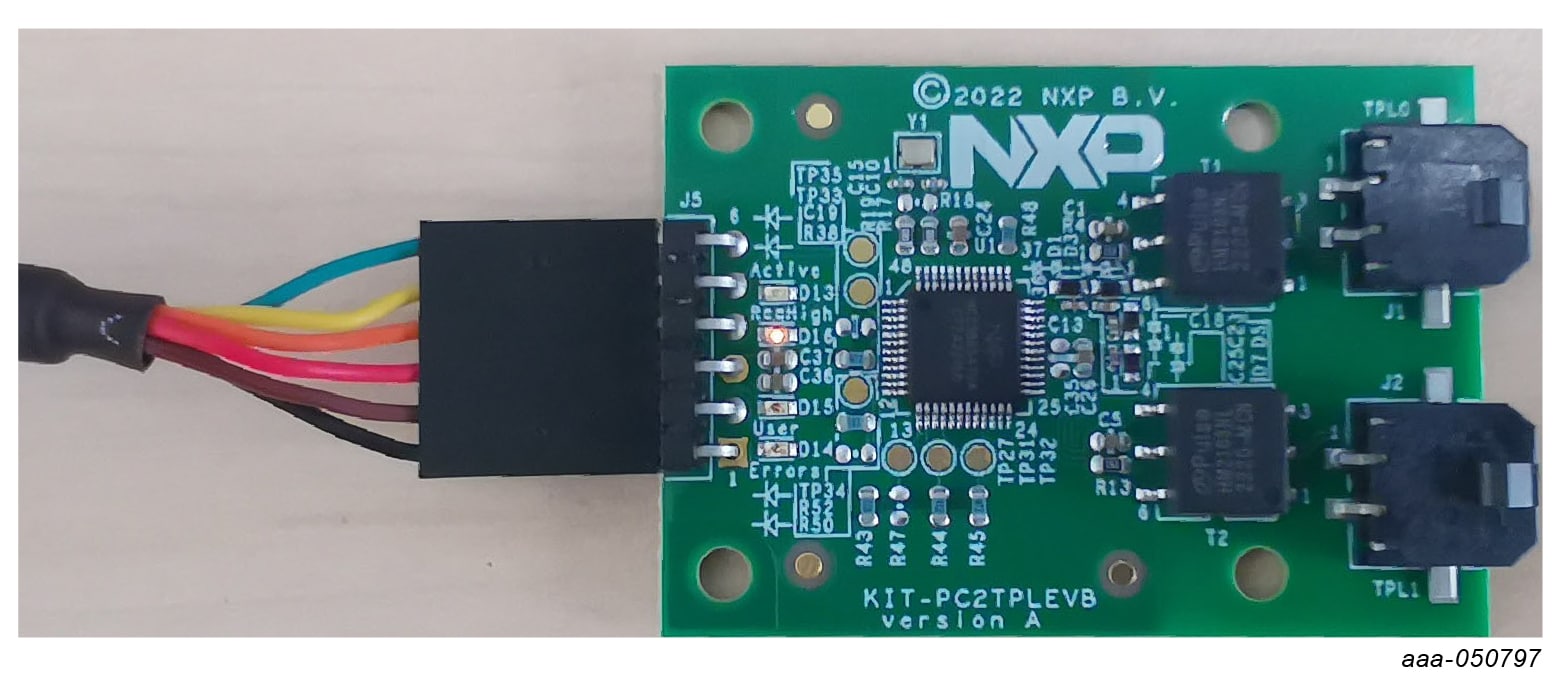- Analog Toolbox
- Getting Started with the KIT-PC2TPLEVB Evaluation Board
Getting Started with the KIT-PC2TPLEVB Evaluation Board
Contents of this document
-
Out of the Box
-
Get the Hardware
-
Configure Hardware
Sign in to save your progress. Don't have an account? Create one.

Purchase your Computer to (ETPL) Dongle
1. Out of the Box
1.1 Out of the Box
The NXP analog product development boards provide an easy-to-use platform for evaluating NXP products. The boards support a range of analog, mixed-signal and power solutions. They incorporate monolithic integrated circuits and system-in-package devices that use proven high-volume technology. NXP products offer longer battery life, a smaller form factor, reduced component counts, lower cost and improved performance in powering state-of-the-art systems.
This page will guide you through the process of setting up and using the KIT- PC2TPLEVB board.
2. Get the Hardware
2.1 Board Features
- Direct control from a PC via USB connection (VCP)
- VCP communication speed 2 MBD
- Supply of the KIT-PC2TPLEVB from USB
- Two galvanically isolated ETPL ports
- Supports TPL3 and TPL2 protocol versions
- Four status LEDs
3. Configure Hardware
Design Resources
Additional References
In addition to our MC33665A, General Purpose BMS Communication TPL Transceiver and CAN FD Gateway page, you may also want to visit:

